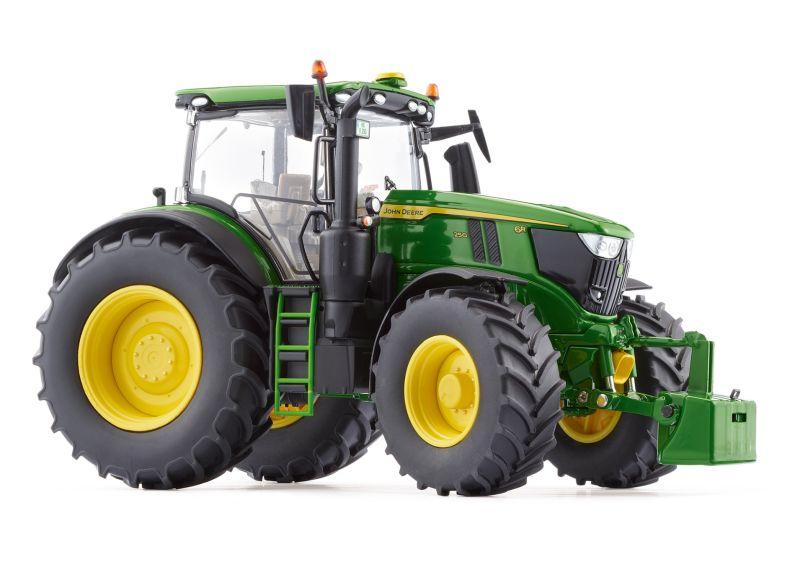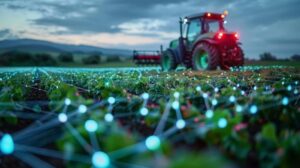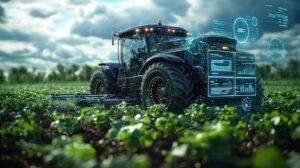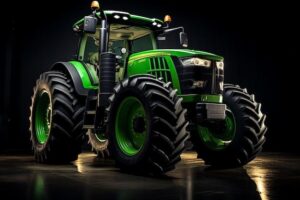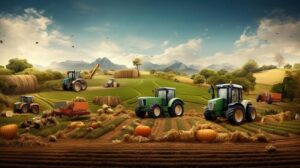Agricultural machinery giant John Deere has unveiled its latest autonomous farming fleet, marking a significant advancement in precision agriculture technology. The new self-driving tractors and harvesters utilize advanced GPS systems, machine learning algorithms, and an array of sensors to operate independently in fields, enabling farmers to manage multiple machines simultaneously while reducing labour costs. This development represents another step in the ongoing transformation of traditional farming practices through automation. In a groundbreaking development for agricultural technology, the leading farm equipment manufacturer has unveiled its latest autonomous farming fleet, marking a significant shift toward fully automated farming operations. The new line of self-driving tractors, harvesters, and implements leverages advanced AI technology, GPS navigation, and machine learning algorithms to operate independently in various field conditions.
The autonomous fleet features enhanced obstacle detection systems, utilizing a combination of cameras, radar, and LiDAR sensors to navigate complex farming environments safely. These machines can work around the clock, maximizing productivity while reducing labour costs and human error. Farmers can monitor and control multiple vehicles simultaneously through a sophisticated mobile application or desktop interface.
Each vehicle in the fleet is equipped with real-time weather monitoring capabilities and can automatically adjust its operations based on environmental conditions. The system can detect soil moisture levels, crop health, and potential hazards, making informed decisions about optimal working patterns and equipment settings.
The autonomous vehicles communicate with each other through a secure mesh network, coordinating their movements and sharing data to optimize field coverage and prevent overlaps. This interconnected system ensures efficient resource utilization and minimizes waste in fuel, seeds, and agricultural inputs.
Safety features include geofencing capabilities that restrict machine operation within predetermined boundaries and emergency shutdown protocols that can be activated remotely or automatically in case of system anomalies. The fleet also incorporates predictive maintenance technology, alerting operators to potential mechanical issues before they cause downtime.
Data collected during operations is automatically analyzed and stored in a secure cloud platform, providing farmers with detailed insights into their operations. This information can be used to improve future planning, reduce costs, and increase yields through more precise farming practices.
The autonomous fleet is compatible with existing precision agriculture systems and can be integrated with various third-party farm management software. This flexibility allows farmers to incorporate the new technology into their current operations gradually while maintaining familiar workflows.
Initial field tests have demonstrated a 20% increase in operational efficiency compared to traditional farming methods, with significant reductions in fuel consumption and input costs. The autonomous system has shown particular effectiveness in reducing worker exposure to hazardous conditions and extending productive hours during critical planting and harvesting seasons.
The manufacturer has implemented a comprehensive training program to help farmers transition to the new technology, including virtual reality simulations and hands-on workshops. A dedicated support network ensures continuous assistance during implementation and operation of the autonomous fleet.
The new self-driving fleet represents a crucial step toward fully automated farming operations, addressing labour shortages while improving productivity and sustainability in modern agriculture. As the technology continues to evolve, it promises to reshape the future of farming practices worldwide.